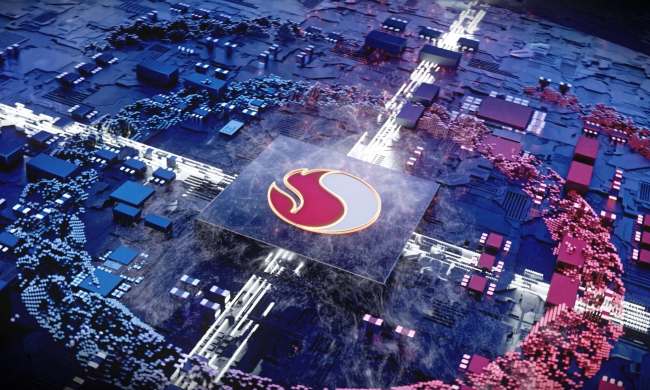
The July 10 launch of Mount Fuji’s free service coincides with the beginning of the mountain’s climbing season and is expected to be warmly welcomed particularly by foreign visitors who are often surprised at the lack of free Wi-Fi hotspots in Japan.
It’s been made possible thanks to the efforts of one of the country’s leading wireless carriers, NTT Docomo, which has partnered with several prefectural governments that administer walking trails up the 3776-meter-high mountain.
Eight Wi-Fi hotspots will be set up at resting stations and other facilities along a number of the mountain’s hiking courses and will operate until the middle of September when the climbing season ends. Three hotspots close to the peak mean visitors will be able to tweet, Facebook, and Instagram the breathtaking views from the very top of the mountain – weather permitting, of course.
Commenting on the launch of the service, a local tourism official told the Asahi Shimbun,“We hope people will use the service not only to tell about the attractions of Mount Fuji to people abroad but also to obtain weather and other information to ensure their safety.”
To get online, visitors need to grab a Wi-Fi instruction card at one of several distribution centers on the mountain. You can check out the full details here. As many as 50,000 foreign tourists took on the Fuji climb in 2014, with even more expected during this year’s climbing season.
Lack of free, public Wi-Fi has long been a complaint of travelers visiting Japan from overseas. Most Japanese people jump online via their data plans when they’re out and about, so hotels, cafes and the like have never felt the need to roll out free Wi-Fi. However, with surveys of foreign tourists indicating a strong demand for more free Wi-Fi in public places, and with the Tokyo Olympics coming in 2020, regional tourist offices, convenience stores, stations and other public places are finally making a concerted effort to launch more free hotspots throughout major cities – as well as on Mount Fuji.

